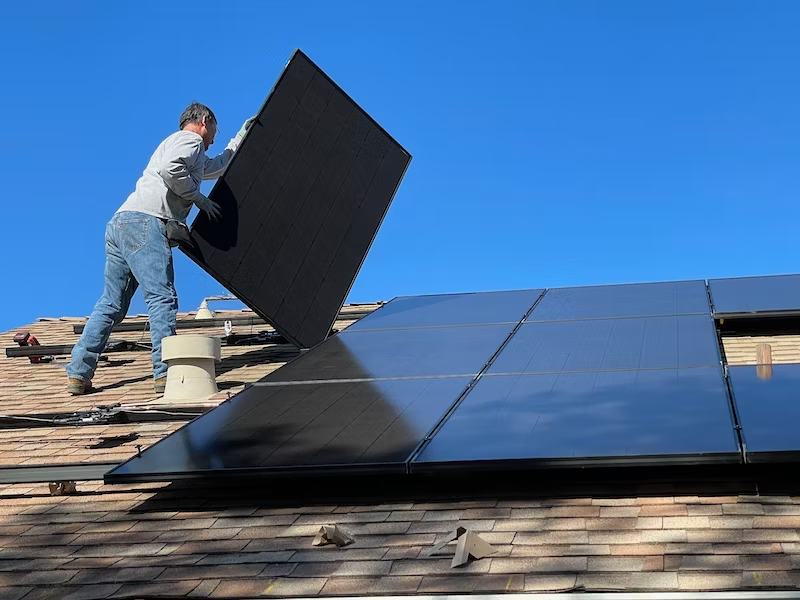
The Advantages of ICF Construction for Multiplex Housing

10 Green Building Construction Methods
Green building construction methods have emerged as options for not only reducing environmental footprints, but also cutting down energy expenses. These methods are based on eco-friendly practices and materials, and are aimed at promoting both environmental and economic sustainability.

How to Understand Energy Ratings for Your House

Building Stronger Hotels with ICF Blocks

What Are the Differences Between AAC and ICF Construction?
When considering AAC vs ICF construction, it’s important to know the differences, pros, and cons.

The Backbone of Modern Construction: Steel Reinforced Concrete Walls

Understanding Resilience in Construction: 4 Critical Considerations

A Complete Guide to Hurricane-Resistant Buildings

What is the Concrete Temperature Limit?
Concrete is a versatile and durable construction material that is predominantly used in both commercial and residential structures. It’s essential to understand concrete’s thermal properties, specifically its temperature limits, to optimize its strength and durability.

What Today’s Empty Nesters Want for Their New Homes
Empty nesters can simplify their lives, save money, and help the environment by downsizing to a single-story, energy-efficient, low-maintenance, and durable home.